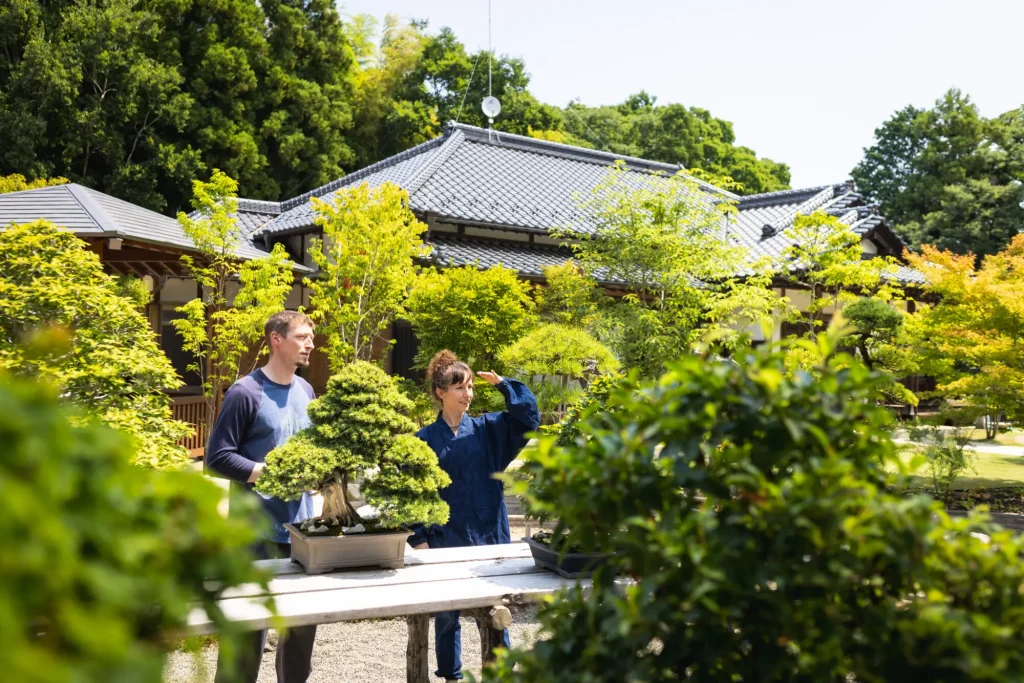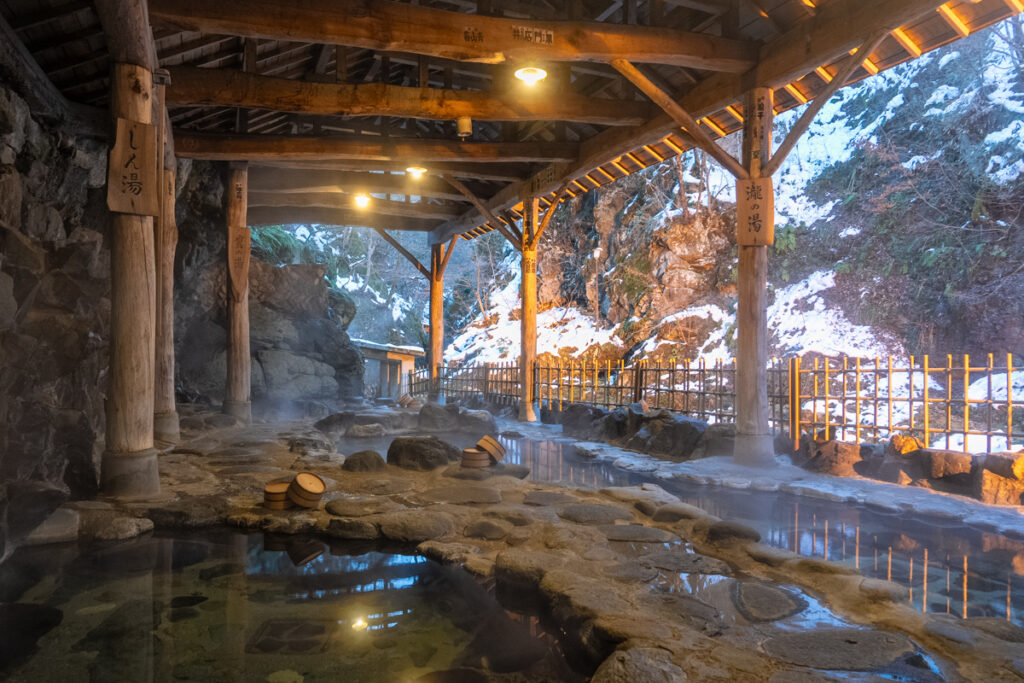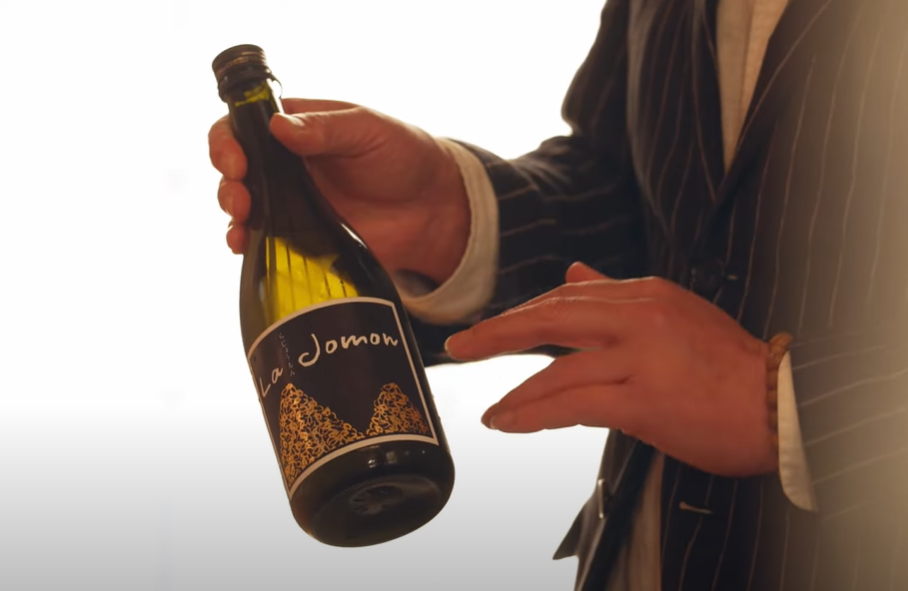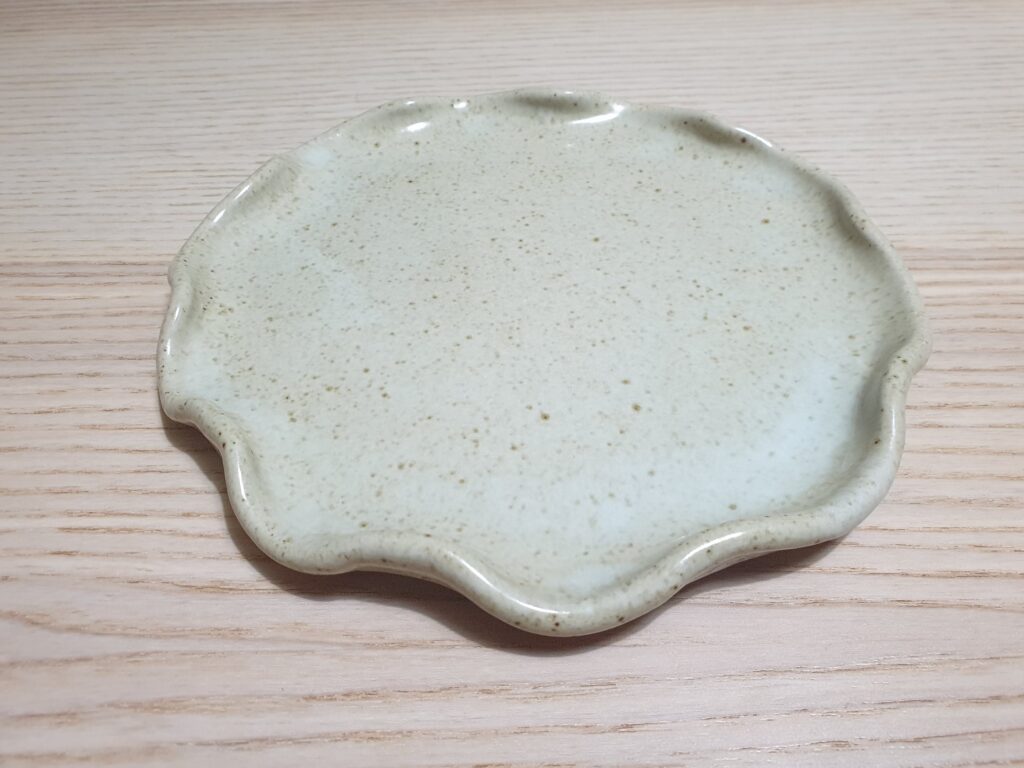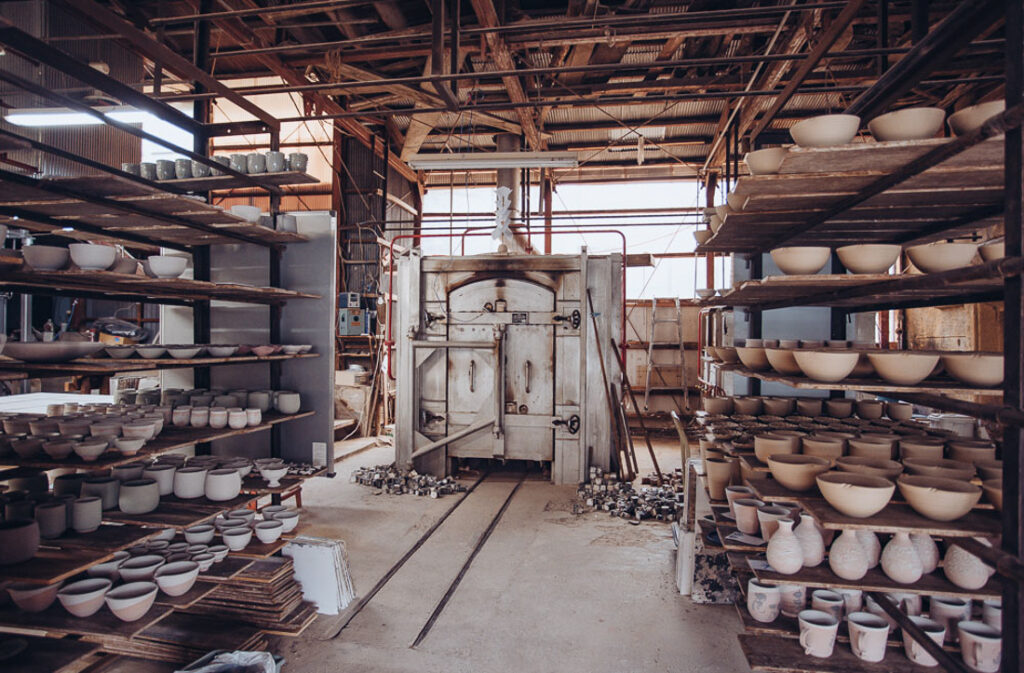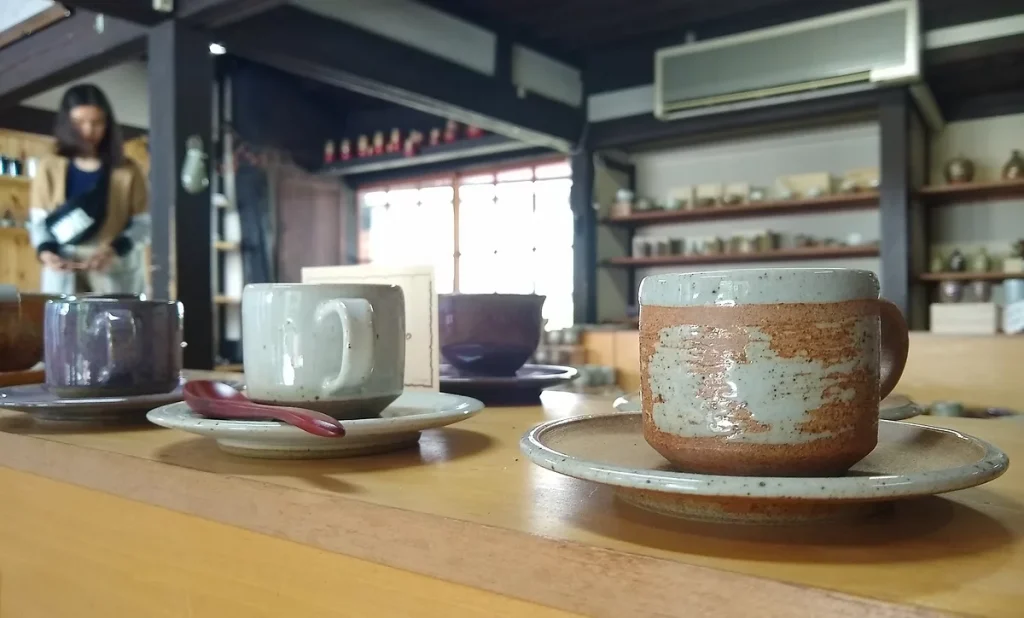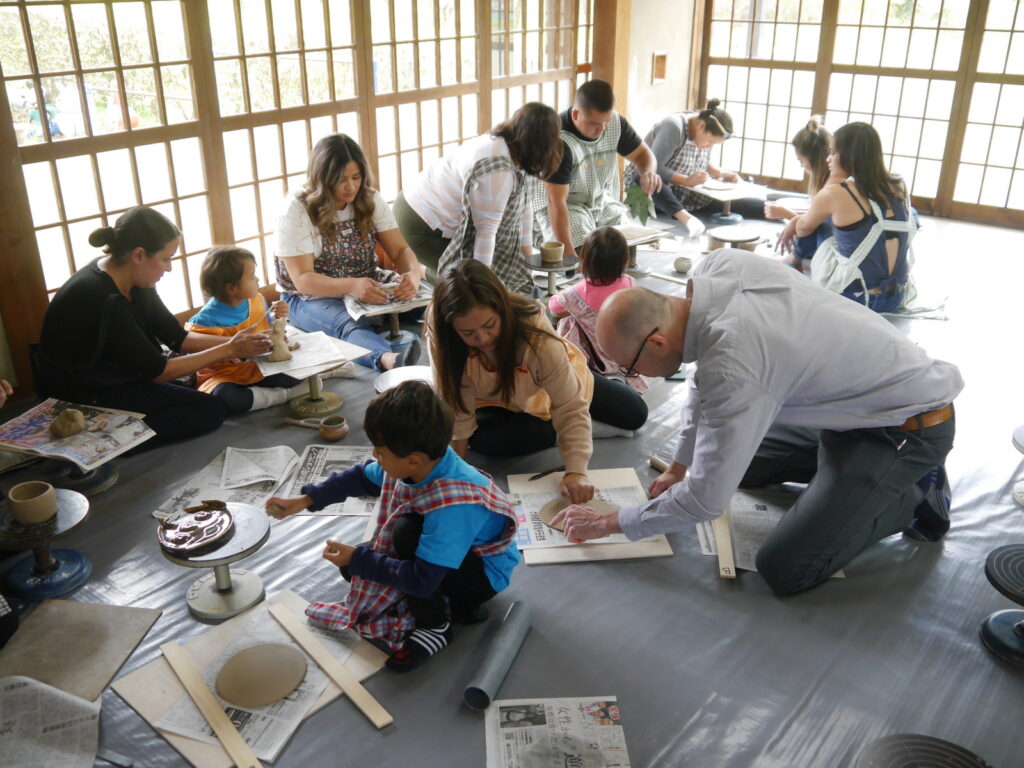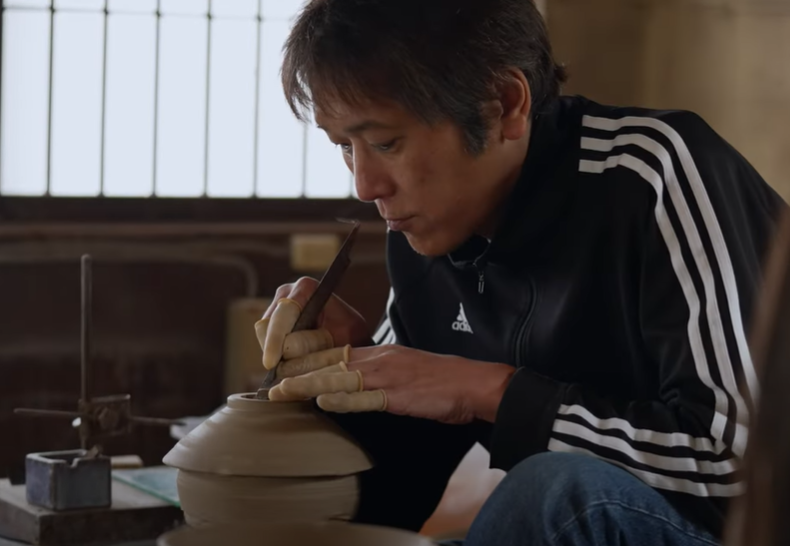Yamagata Prefecture
Support local and enjoy what this village has to offer.
Those who are interested in visiting these two family-run establishments can easily book via our experience page. This article covered the short course, which costs 10000 yen per person, but for a more in-depth experience, have a look at the long course we offer on the same page.
See below for a videos showing the voices behind the ceramics and sake.
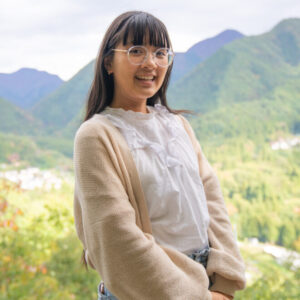
Bridgitte Kayasith
Read more...
A photo journey through Miyagi Prefecture with a group of tourism professionals from across Japan for a week long trip.
Discovering the Okitama Region through Immersive Outdoors and Cultural Experiences.
The lecture we attended was very informative and whether you are beginner drinkers of sake or connoisseurs, it was explained in a way that either group would understand the presentation. It helped me understand sake more and the memo paper listing each sake’s ingredients and characteristics Kumagai provided was very helpful! Each flavour profile was unique when comparing them to each other and deciding which I liked best was difficult. All of the sake you sample can be bought at the sake boutique, so if you really like a particular sake you can bring it home! It additionally stocks locally-produced drinking snacks which you can pair with your sake for your best sake experience at home.
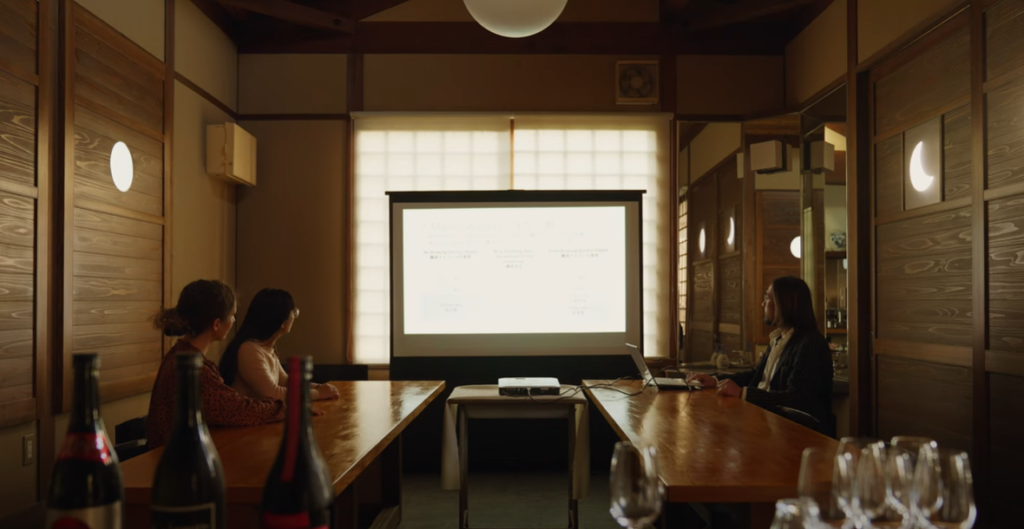
Those who are interested in visiting these two family-run establishments can easily book via our experience page. This article covered the short course, which costs 10000 yen per person, but for a more in-depth experience, have a look at the long course we offer on the same page.
See below for a videos showing the voices behind the ceramics and sake.


